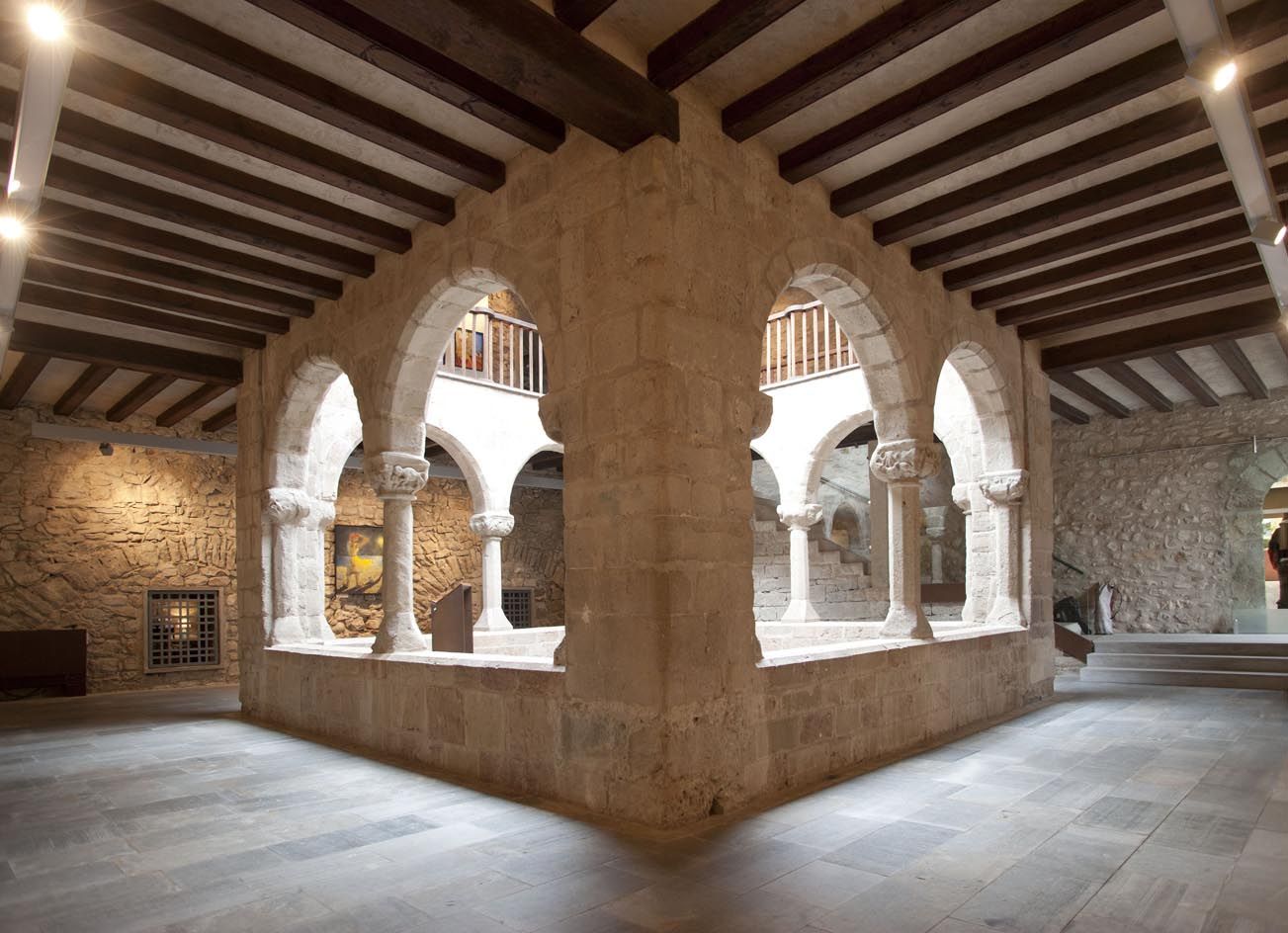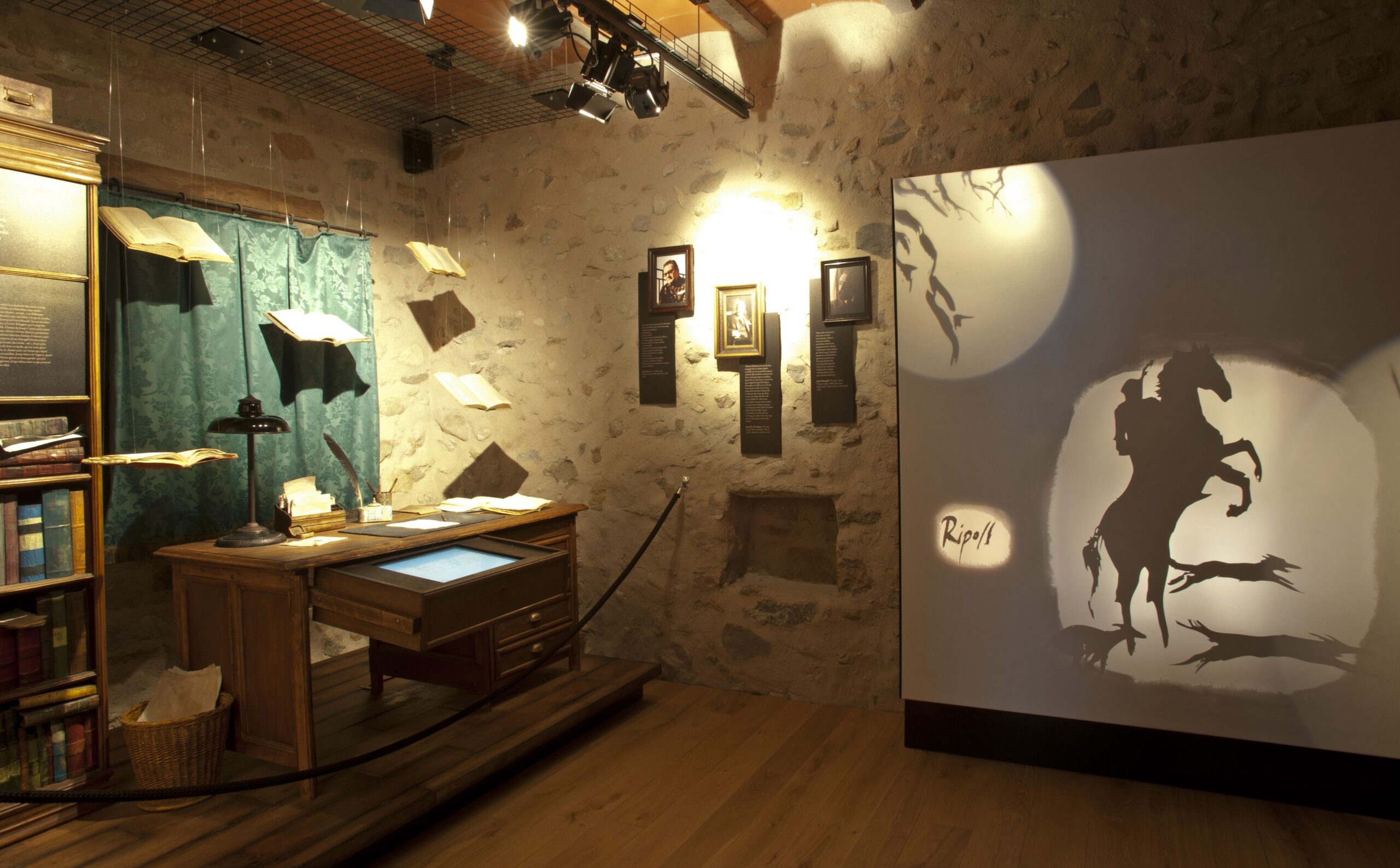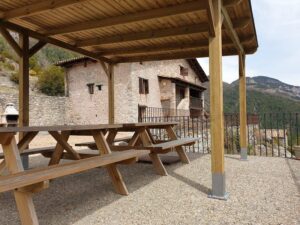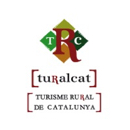Ajuntament De Sant Joan De Les Abadesses
The Palau de l 'Abadia, former residence of the abbots, as we see it now, is the result of a long succession of constructions and reforms that began in the 14th century when the abbot Pere de Soler shaped the outbuildings of the Existing monastery, where he himself resided. It will be another abbot, Arnau de Vilalba, who in the 15th century will ennoble the house with Gothic style elements and the construction of the small cloister that connects the different parts of the Palace. Currently, the Palace of the Abbey, completely rehabilitated, houses the Tourist Office, the Interpretation Center of the Myth of Count Arnau, which is part of the project "Land of Counts and Abbots", the 'Espai Art l ' Abadia, the permanent exhibition of models "Romanesque, a tour of Ripollès " and a set of multipurpose rooms where a wide cultural program is established, such as conferences, presentations and various exhibitions.
CONCTACT INFORMATION
Ajuntament De Sant Joan De Les Abadesses
Experiences what offers
-
Centre d'Interpretació del Mite del Comte Arnau
Count Arnau is one of the mythical symbols of Catalonia, inextricably linked to Sant Joan de les Abadesses and also focused on other places in the region. The Interpretation Center wants to give the keys to understanding the origin and evolution of the figure of Count Arnau from a perspective that covers folklore, history, music and literature. The permanent exhibition, integrated in the project "Land of Counts and Abbots", is divided into three large sections dedicated, respectively, to the popular song that gives rise to the legend, its content and its expansion and, finally , in the construction of Count Arnau as a myth, with its corresponding cultural repercussion. The song: relive the popular song and dance collected in Ripollès by 19th century folklorists. Dialogues between the soul of Count Arnau and his wife that explain why the Count is doomed to travel the mountains of the region on his horse for all eternity. The legend: few figures like Count Arnau have so many legends around them where evil dogs are mixed who set fire to their teeth, impossible loves and eternal condemnations. The myth: the song and legend may have languished slowly until they were lost or left as a local reminiscence, but from the 19th century onwards, writers and musicians began to recreate this character. Arnau became a myth and came to star in great works such as those of Joan Maragall and Josep M. de Sagarra.
-
Espai Art l'Abadia
Around the two floors of the cloister of the Palace of the Abbey, on the old stones, today's art has its place. The Espai Art Abadia offers a regular program of exhibitions by contemporary creators with a solid track record. The cloister of the Palace of the Abbey embellishes the works that are exhibited at the same time as these embellish the cloister. The Romanesque art of the s. XIV / XV coexists in harmony with contemporary art.
Other experiences and services related
-
Associació Centre d'Educació Ambiental Alt Ter
- Information
- Ripollès - Girona
The Alt Ter Environmental Education Center Association is an entity from Ripollès that was (...)
-
Oficina de Turisme de la Vall de Ribes
- Information
- Ripollès - Girona
Vall de Ribes tourist office registered in the network of Tourist Offices of Catalonia. Open (...)





























